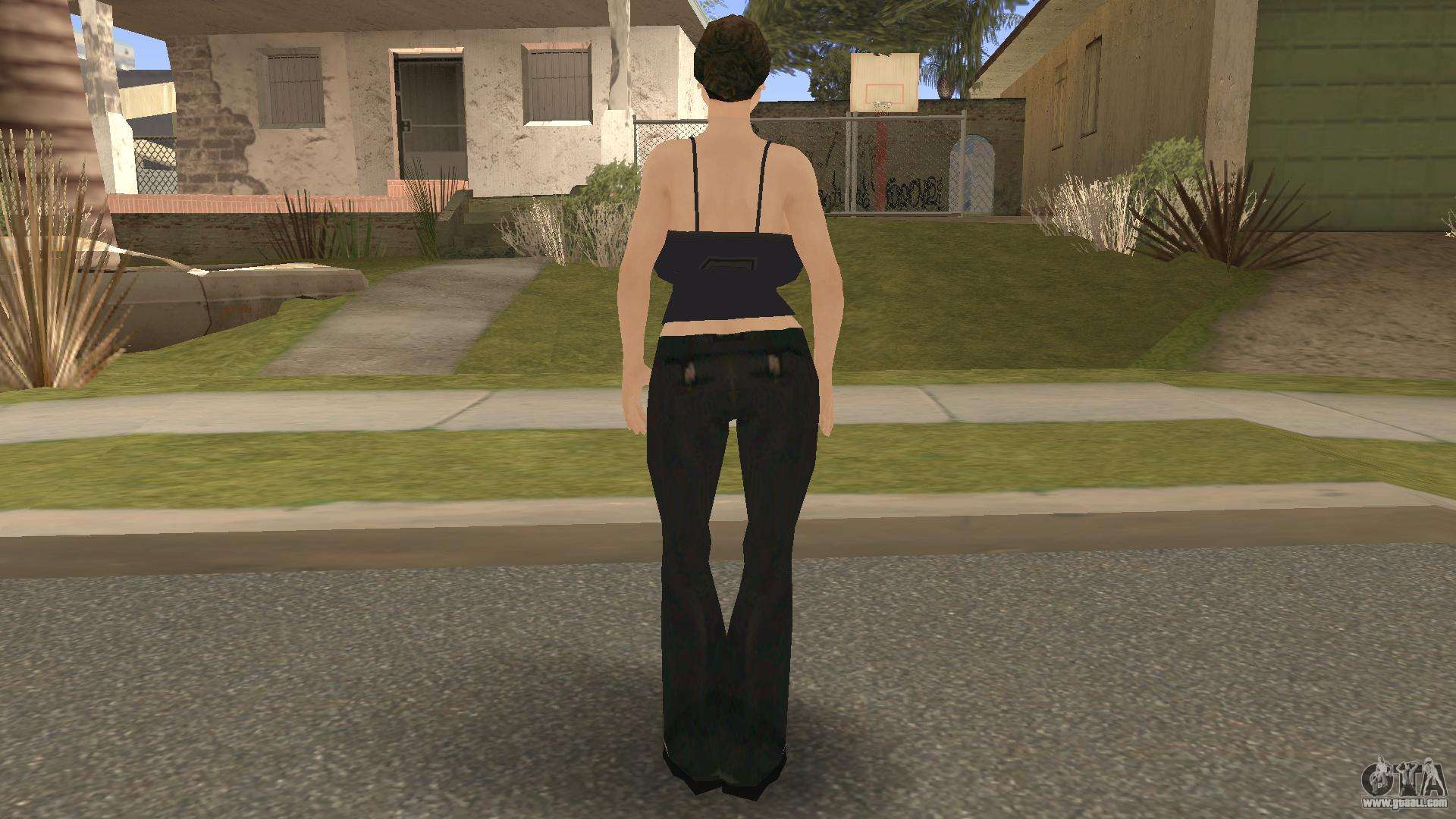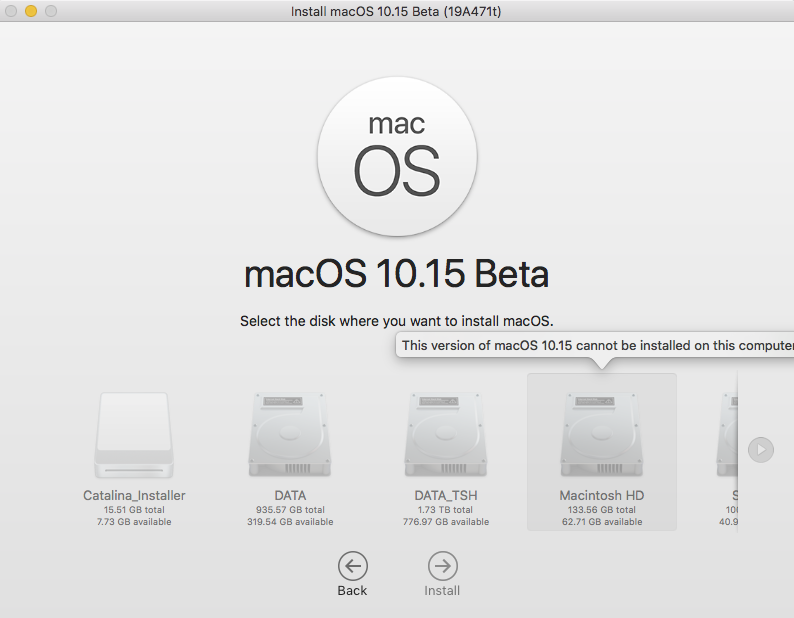Catalina Installer
After months of waiting, macOS Big Sur was released in November 2020. No matter how great macOS Big Sur is, you can experience performance issues as you update your Mac. The good thing is you can downgrade to the previous macOS version.
There are two ways to revert from Big Sur to Catalina. The first one involves restoring a Time Machine backup. The second, which is a bit lengthy, explains how to downgrade to Catalina using a bootable installer. Whichever way you choose, we'll provide step-by-step instructions to help you downgrade.
Currently you can grab the Catalina installer from the Mac App Store, here's how: Click on this link which will open the Mac App Store on the Catalina page. MacOS 11 Big Sur is finally here, and it comes with better optimization, lots of extra features, and a big visual redesign. Here's how to download it right now. The post-installation is easier: By default, Hackintosh Catalina Installer will automatically install necessary Hackintosh specific kexts and drivers.
Open this article on your phone to make sure you do everything step-by-step.

How to downgrade from macOS Big Sur using Time Machine
If you’ve backed up your Mac with Time Machine before upgrading to Big Sur, downgrading to Catalina will be easy. Here’s how to downgrade from macOS Big Sur to Catalina using Time Machine.
1. Back up your data
Catalina Installers
First, back up everything. Your Mac probably contains your personal data and documents that you don’t want to lose. So, to keep those alive after the downgrade, you need to back up your data.
You can use Google Drive, iCloud Drive, or any other cloud you prefer. After the backup is done, you can move on to the next step.
Before you begin reverting your Mac to macOS Catalina, it’s worth trying fixing performance issues on macOS Big Sur. Maybe you won’t need to downgrade at all.
CleanMyMac X can help identify and solve performance problems on your Mac. It’s a dedicated Mac cleaner that clears old junk and runs optimization tasks. It’s notarized by Apple, which means it’s safe for your Mac. Get CleanMyMac X for free to run a quick performance scan.2. Erase your Mac’s hard drive
The first step is plugging your Mac into power (the downgrade process may take a while, and you don’t want your Mac to power off unexpectedly).
You’ll need to erase your Mac’s drive. This will remove everything from your Mac, but you can restore your data later from a Time Machine backup.
- Restart your Mac (Apple menu > Restart).
- Hold Command-R when your Mac’s rebooting. The Utilities menu should appear.
- Choose Disk Utility.
- Click Continue and select Startup Disk (usually located at the top of the list ).
- Press Erase.
- Select the APFS file format.
- Choose GUID Partition Map and confirm.
Wait for the process to complete. Only after every piece of data is removed, can you clean install macOS Catalina.
3. Use Time Machine to restore your backup
You can now restore all your files and data and bring your Mac back to the condition it was in before you installed macOS Big Sur.
If your Time Machine backup is stored on the external drive, plug it in your Mac.
So, to restore your Time Machine Catalina backup:
- Restart your computer and hold Command-R when it reboots.
- Select the Restore From Time Machine Backup option on the Utilities window.
- Press Continue.
- Choose your Time Machine backup disk.
- Select the backup you want to restore from. Choose the most recent backup that occurred before you installed macOS Big Sur.
- Then, select a destination disk, where the contents of your backup will be stored.
- Click Restore and press Continue.
The process may take some time. Your Mac will restart running macOS Catalina.
Catalina Installer App

How to downgrade from macOS Big Sur using a bootable installer
If you didn’t back up your Mac with the Time Machine, it’s too bad. But, you can still downgrade to the previous OS version. Just follow the instructions.
1. Back up your files and data
Backing up your data is important. It prevents you from losing all the files and data that have existed on your Mac's drive for a while. So, don’t forget to back up your Mac before you start downgrading to Catalina.
2. Create a bootable installer
A bootable installer will help you safely roll back to Catalina. Here’s how to create a bootable installer:
- You can go to the App Store and search for Catalina, then download it. Quit the installer, if it tries to install the OS.
- If your Mac already runs macOS Big Sur, download the macOS Catalina here.
- Get an external hard drive that has at least 12 GB of available storage and plug it in your Mac.
- Launch the Disk Utility app and erase your hard drive selecting Mac OS Extended format.
Now, it’s time to transfer your Catalina installer to your hard drive:
- Open Terminal (Applications > Utilities).
- Paste this command and press Enter:
sudo /Applications/Install macOS Catalina.app/Contents/Resources/createinstallmedia --volume /Volumes/MyVolume
The downloaded file, which is your bootable Catalina installer, should be in your Applications folder. MyVolume is the name of the hard drive; if your hard drive or flash drive has a different name, replace MyVolume with the name of your hard drive.
- If prompted, enter your administrator password and press Enter again. Terminal won’t show anything when you type your password.
- Follow the instructions that appear in the Terminal.
- When Terminal says “done”, your hard drive should have the same name as the installer you downloaded (for example, Install macOS Catalina).
Quit Terminal and eject the hard drive.
Install macOS Catalina
Now, you can roll back from macOS Big Sur using the bootable installer.

- Plug your hard drive (which is now your bootable installer) into your Mac.
- Open System Preferences > Startup Disk. Choose your bootable installer as a startup disk and press Restart.
- Your Mac should start up to macOS Recovery.
- Make sure your Mac has an internet connection to download firmware updates (you can use the Wi-Fi menu in the menu bar).
- In the Utilities window, select Install macOS.
- Click Continue and follow the on-screen instructions.
Your Mac will then start installing macOS Catalina and will restart when it’s done.
Mac runs slowly after the update?
If your Mac is slow after the update, but you don’t want to perform this lengthy process and revert to the previous OS, you could try a quick solution. CleanMyMac X has a helpful Maintenance feature that could fix all possible problems on your Mac.
- Open CleanMyMac X.
- Go to the Maintenance module.
- Press View All 9 Tasks.
- Check the boxes next to the maintenance tasks you want to run.
- Press Run.
Wait till CleanMyMac X runs the set of fixes to speed up your Mac.
Reverting to the previous macOS may seem like a terrifying task. But if you open this article on your phone or another device and follow the instructions, it will be much easier and faster. Don’t forget to clear your Mac before the backup – you will save a lot of free space and remove old clutter that slows down your machine.
This is the current version of ISC's list of supported and recommended computing software that is widely compatible and in broad use across the University. It was substantially revised for the turn of Penn's fiscal year on July 1, 2020.
The software in the tables below have been recommended by Information Systems & Computing (ISC) for general-purpose campuswide use. Many Schools, Centers, and departments have standardized on the use of specific software. Faculty and staff should speak to their School/Center's IT Support Staff to determine what products are supported before selecting software.
About the tables: Follow the links to find more information about listed products and to locate download links for software that is distributed free of charge to Penn users.
The minimum recommended version of Windows 10 is version 1903. Information on compatibility with specific applications is listed in each application link below.
The recommended version of macOS is macOS 10.15 Catalina. Information on compatibility with specific applications is listed in each application link below.

Product | macOS | Windows |
|---|---|---|
| Operating System | macOS Mojave, Catalina, & Big Sur (Intel) | Windows 10 (version 1903 and above) |
Database | Local standard/ | Local standard/ |
IMAP Email Client for (G Suite) | Thunderbird [current version] | Thunderbird [current version] |
Office365 Email Client | supported and recommended: | supported and recommended: |
| FTP | Fetch 5.8.1 | WS_FTP Professional 12.6 |
| Office Suite | Recommended: Microsoft Office O365 | Supported but not Recommended: Microsoft Office 2016 & 2019 (perpetual releases) |
| Portable Documents (PDF) | Adobe Acrobat Reader DC | Adobe Acrobat Reader DC |
| Personal Firewall | Built-in | Built-in |
| Kerberos Ticket Manager | Built-in (preferences installer available) | Kerberos for Windows 4.0.1 |
| AirPennNet Wireless Access | JoinNow | JoinNow |
| Spyware/Adware Protection | Symantec Endpoint Protection 14.x | Symantec Endpoint Protection 14.x |
| Virus Protection | Symantec Endpoint Protection 14.x | Symantec Endpoint Protection 14.x |
| Password Management | LastPass 4.0 | LastPass 4.0 |
| Whole Drive Encryption | FileVault | BitLocker |
| Telephony - PennFlex Phone Client | MobileConnect for Vonage Enterprise | MobileConnect for Vonage Enterprise |
| Terminal Emulation - Kerberos VT100 | PowerTerm | HostExplorer 15 |
| Terminal Emulation - tn3270 | PowerTerm | HostExplorer 15 |
| Terminal Emulation - Secure Shell | PowerTerm | SecureCRT 8.7.3 |
Web Browser | Firefox [current version] | Firefox [current version] |
Related resources
